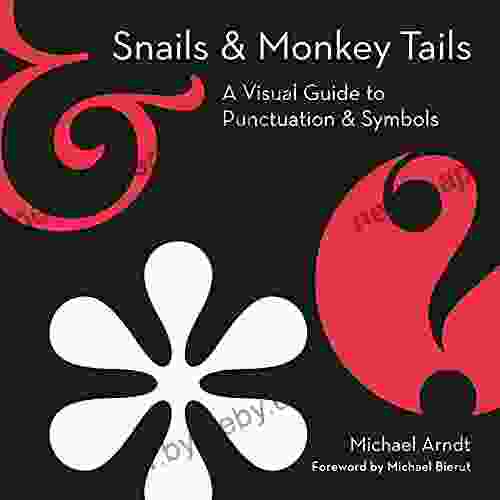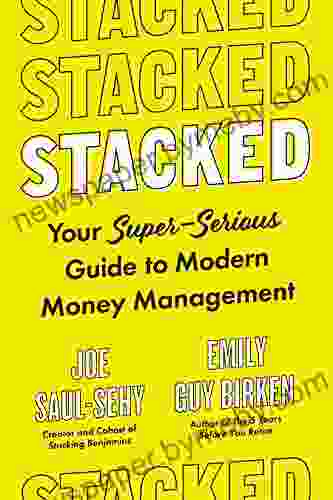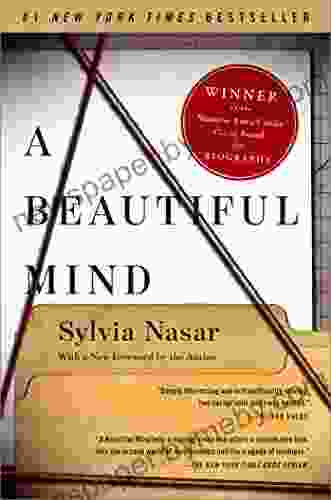Visual Guide to Punctuation Symbols: The Ultimate Guide to Pinpoint Precision

5 out of 5
| Language | : | English |
| File size | : | 68510 KB |
| Screen Reader | : | Supported |
| Print length | : | 160 pages |
Punctuation is the art of using marks and symbols to clarify the meaning of written words. It helps us to organize our thoughts, avoid ambiguity, and communicate effectively. Without punctuation, our writing would be a jumbled mess, difficult to read and understand.
There are many different punctuation symbols, each with its own specific purpose. Some of the most common punctuation symbols include:
- Period (.): Used to end a sentence.
- Comma (,): Used to separate items in a list, or to set off a nonessential clause.
- Semicolon (;): Used to separate two closely related independent clauses.
- Colon (:): Used to introduce a list, a quotation, or an explanation.
- Question mark (?): Used to end a question.
- Exclamation point (!): Used to end a sentence that expresses strong emotion.
- Quotation marks (" "): Used to enclose a direct quotation.
- Apostrophe ('): Used to indicate possession or to form contractions.
- Hyphen (-): Used to connect words or to divide a word at the end of a line.
- Dash (–): Used to set off a parenthetical expression or to indicate a sudden break in thought.
- Ellipsis (…): Used to indicate that something has been omitted from a quotation.
These are just a few of the many punctuation symbols that are used in English. By understanding the different uses of these symbols, you can improve your writing and make it more clear and concise.
When to Use Punctuation Symbols
There are a few general rules that you can follow when it comes to using punctuation symbols. These rules will help you to avoid common punctuation errors and to use punctuation symbols correctly.
- Use a period at the end of a sentence.
- Use a comma to separate items in a list.
- Use a semicolon to separate two closely related independent clauses.
- Use a colon to introduce a list, a quotation, or an explanation.
- Use a question mark at the end of a question.
- Use an exclamation point at the end of a sentence that expresses strong emotion.
- Use quotation marks to enclose a direct quotation.
- Use an apostrophe to indicate possession or to form contractions.
- Use a hyphen to connect words or to divide a word at the end of a line.
- Use a dash to set off a parenthetical expression or to indicate a sudden break in thought.
- Use an ellipsis to indicate that something has been omitted from a quotation.
By following these simple rules, you can improve your punctuation skills and write more clearly and effectively.
Punctuation is an essential part of writing. It helps us to organize our thoughts, avoid ambiguity, and communicate effectively. By understanding the different uses of punctuation symbols, you can improve your writing and make it more clear and concise.
The Visual Guide to Punctuation Symbols is a comprehensive resource that can help you master the art of punctuation. This guide provides clear explanations and examples of all the punctuation symbols used in English. With the help of this guide, you can improve your writing skills and become a more effective communicator.
5 out of 5
| Language | : | English |
| File size | : | 68510 KB |
| Screen Reader | : | Supported |
| Print length | : | 160 pages |
Do you want to contribute by writing guest posts on this blog?
Please contact us and send us a resume of previous articles that you have written.
 Book
Book Novel
Novel Page
Page Chapter
Chapter Text
Text Story
Story Genre
Genre Reader
Reader Library
Library Paperback
Paperback E-book
E-book Magazine
Magazine Newspaper
Newspaper Paragraph
Paragraph Sentence
Sentence Bookmark
Bookmark Shelf
Shelf Glossary
Glossary Bibliography
Bibliography Foreword
Foreword Preface
Preface Synopsis
Synopsis Annotation
Annotation Footnote
Footnote Manuscript
Manuscript Scroll
Scroll Codex
Codex Tome
Tome Bestseller
Bestseller Classics
Classics Library card
Library card Narrative
Narrative Biography
Biography Autobiography
Autobiography Memoir
Memoir Reference
Reference Encyclopedia
Encyclopedia Plato
Plato Kasie West
Kasie West Mary Ann Rodman
Mary Ann Rodman Raymond Bial
Raymond Bial John G Miller
John G Miller Joe Marler
Joe Marler Joanne Schwartz
Joanne Schwartz John L Turner
John L Turner John Davis
John Davis Tad Williams
Tad Williams Michelle Martin
Michelle Martin Jj Pursell
Jj Pursell Josh Simmons
Josh Simmons Joel Stern
Joel Stern Jim Steinmeyer
Jim Steinmeyer John Ko
John Ko Norton Juster
Norton Juster Judith Garrard
Judith Garrard Kevin Curry
Kevin Curry Jon B Gould
Jon B Gould
Light bulbAdvertise smarter! Our strategic ad space ensures maximum exposure. Reserve your spot today!
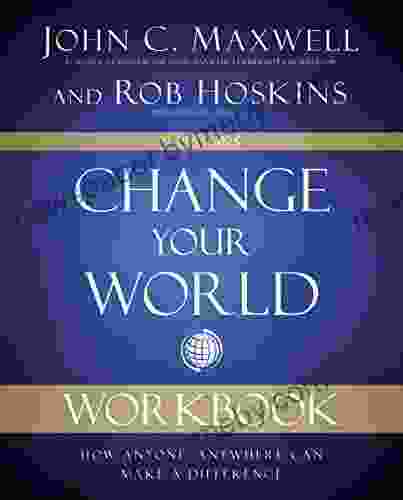
 Tom ClancyUnlock Your Potential: A Comprehensive Guide to Personal Transformation with...
Tom ClancyUnlock Your Potential: A Comprehensive Guide to Personal Transformation with... Bryce FosterFollow ·18.7k
Bryce FosterFollow ·18.7k Jake PowellFollow ·7.5k
Jake PowellFollow ·7.5k Jake CarterFollow ·3.4k
Jake CarterFollow ·3.4k Giovanni MitchellFollow ·14.5k
Giovanni MitchellFollow ·14.5k Clark CampbellFollow ·8.6k
Clark CampbellFollow ·8.6k Cooper BellFollow ·18.2k
Cooper BellFollow ·18.2k Craig CarterFollow ·12.4k
Craig CarterFollow ·12.4k Marcus BellFollow ·16.3k
Marcus BellFollow ·16.3k
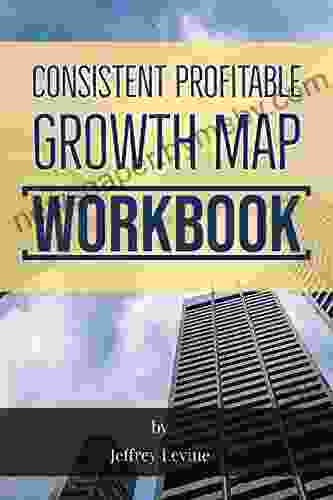
 Jermaine Powell
Jermaine PowellThe Ultimate Guide to Unlocking Consistent Profitable...
Introducing the 2nd Edition of the...
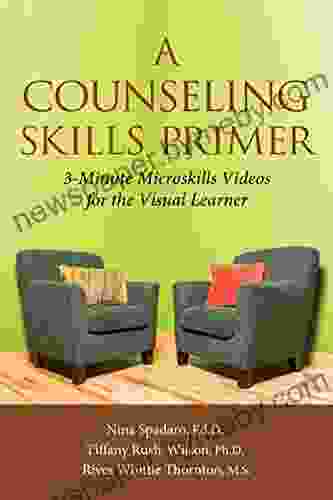
 Yasunari Kawabata
Yasunari KawabataMinute Microskills Videos: The Ultimate Guide for Visual...
Unlock Your Potential with Bite-Sized Video...
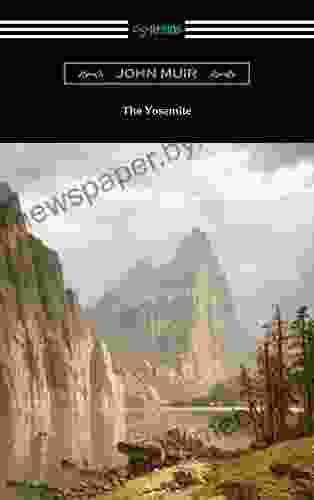
 Nathan Reed
Nathan ReedUnveiling the Wonders of Yosemite through John Muir's...
Immerse yourself in the breathtaking beauty...

 Gabriel Garcia Marquez
Gabriel Garcia MarquezWhen You Find Me Novel: A Gripping Mystery Unravels
In the sleepy...
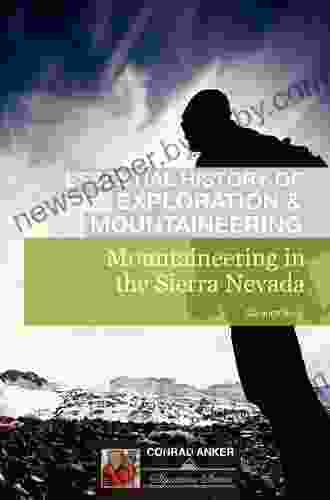
 Esteban Cox
Esteban CoxMountains of California: An Essential History of...
From the towering...

 Devin Ross
Devin RossComm Check: Unveiling the Heartbreaking Final Flight of...
Comm Check: The Final Flight of Shuttle...
5 out of 5
| Language | : | English |
| File size | : | 68510 KB |
| Screen Reader | : | Supported |
| Print length | : | 160 pages |


